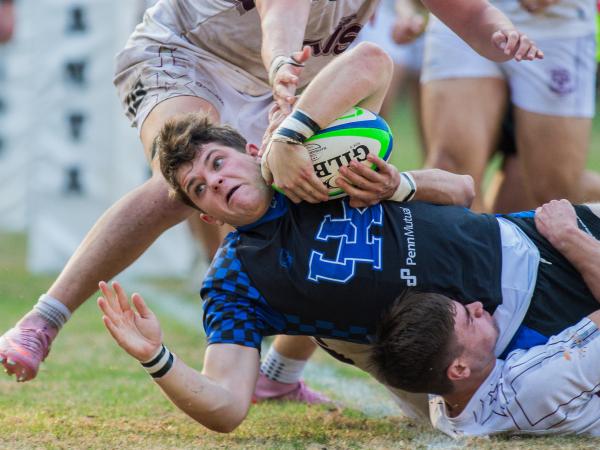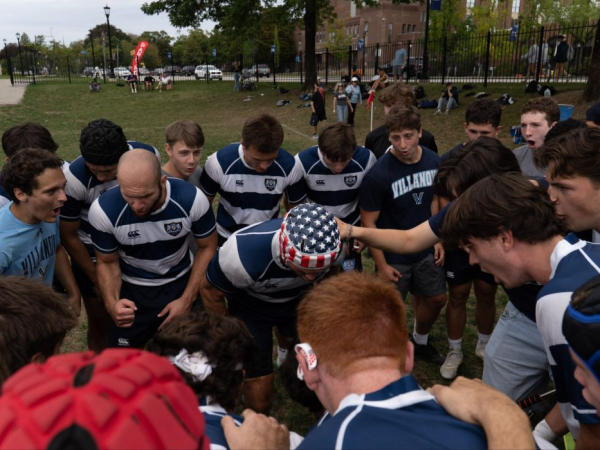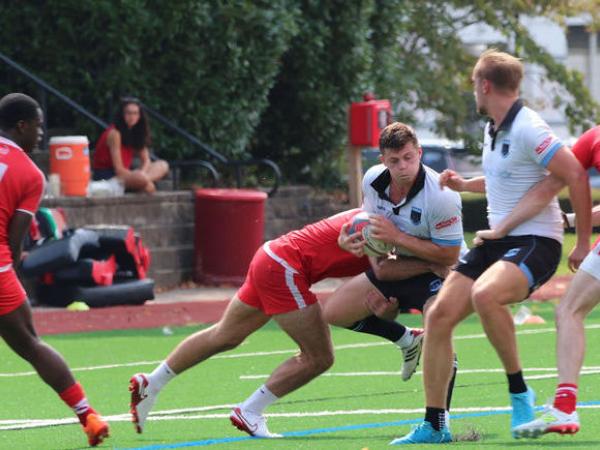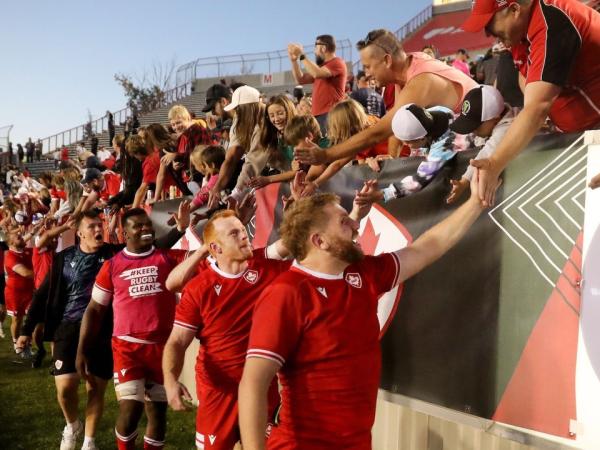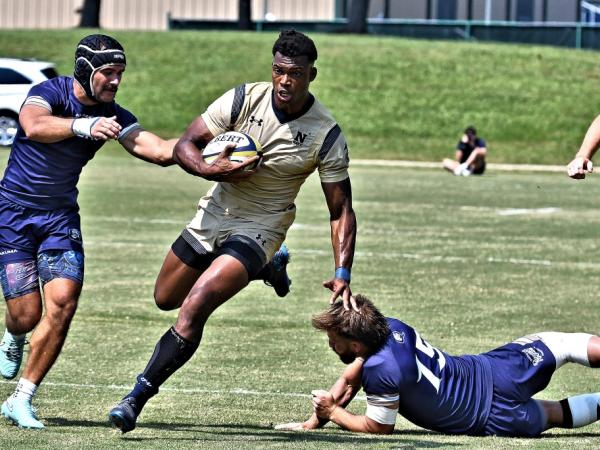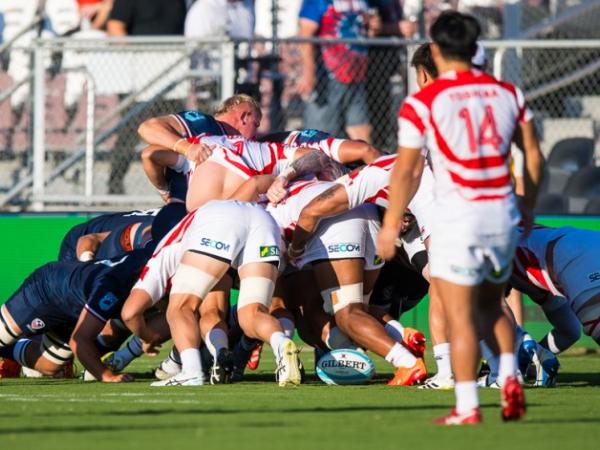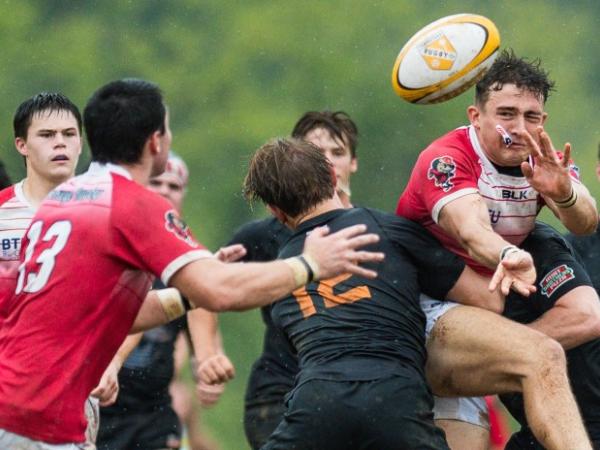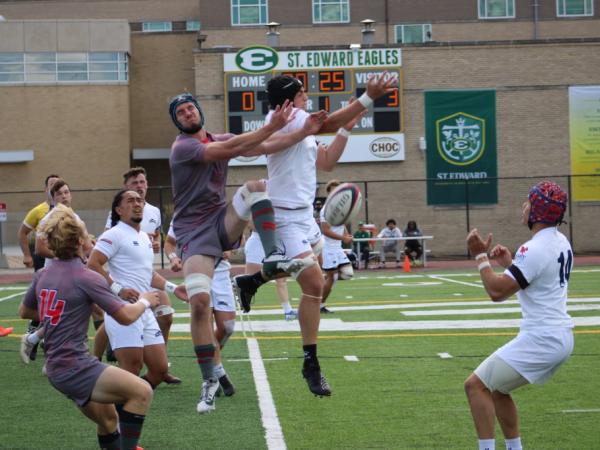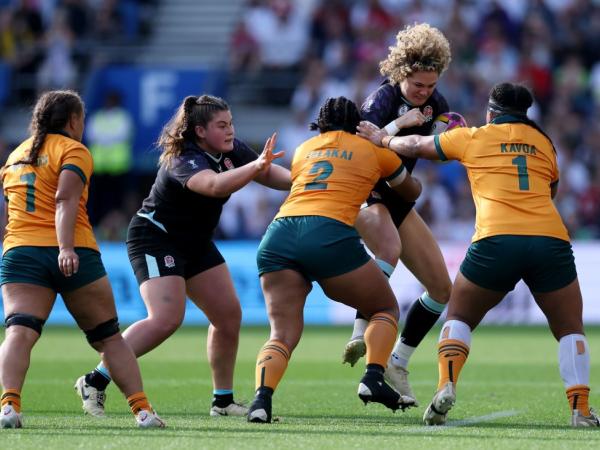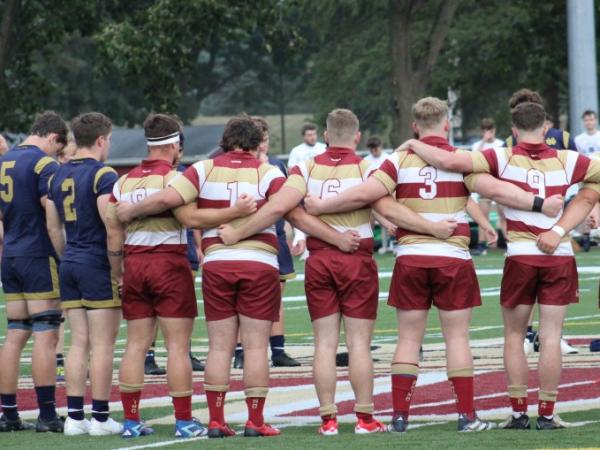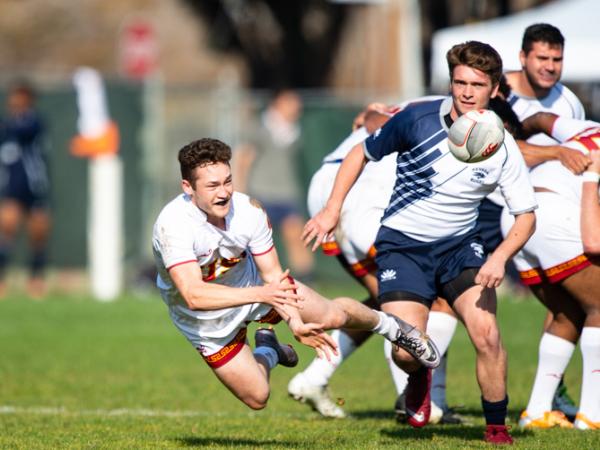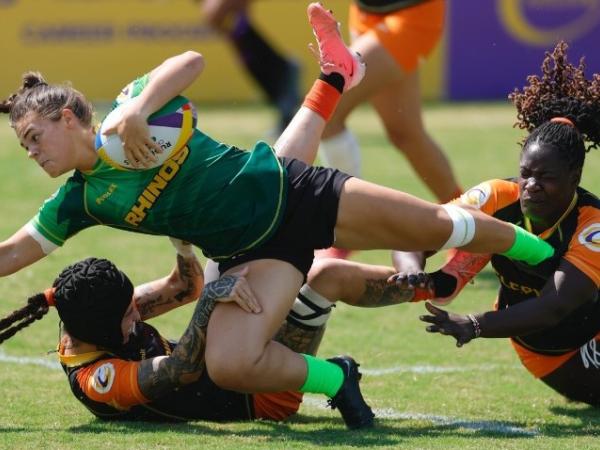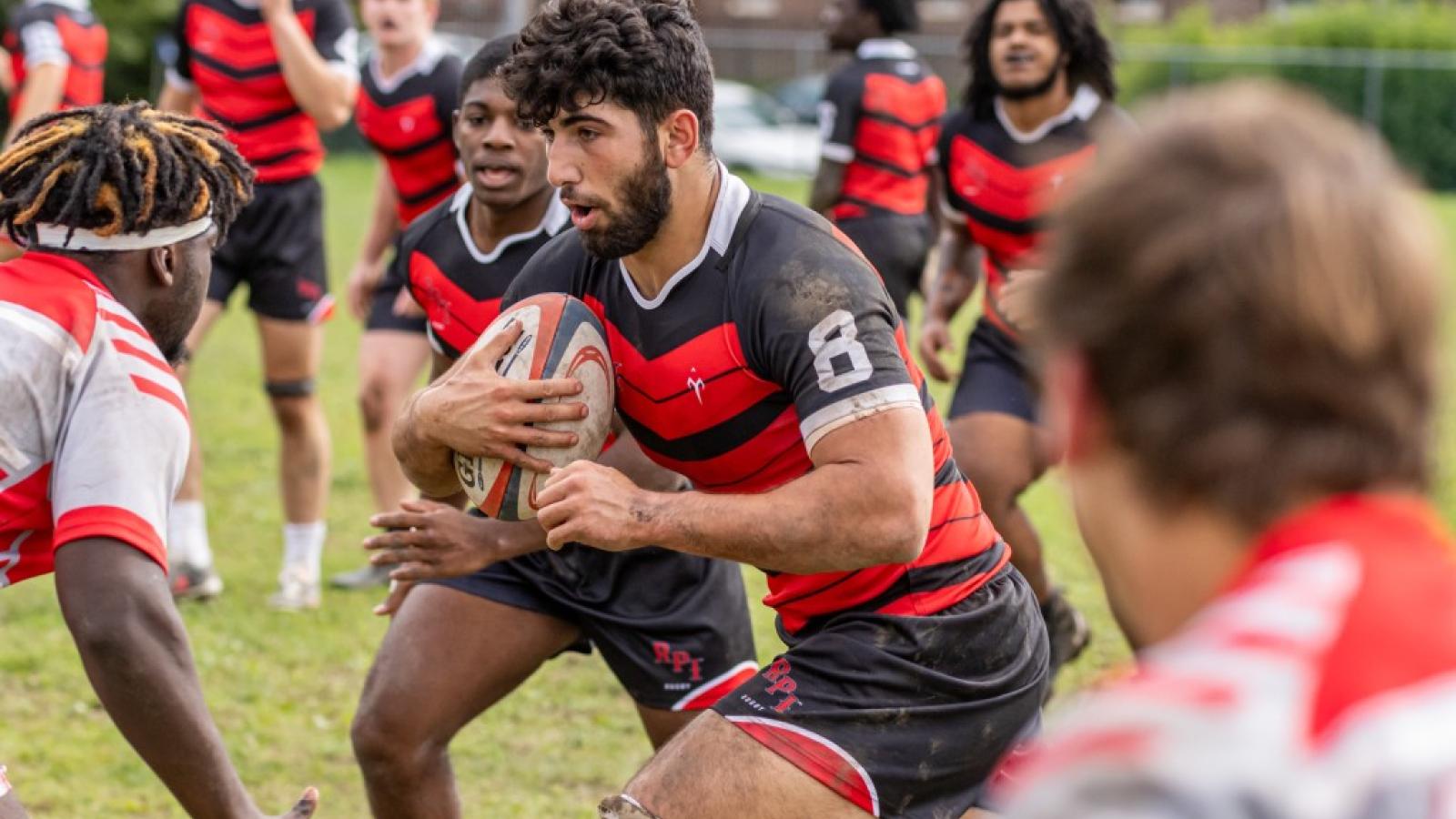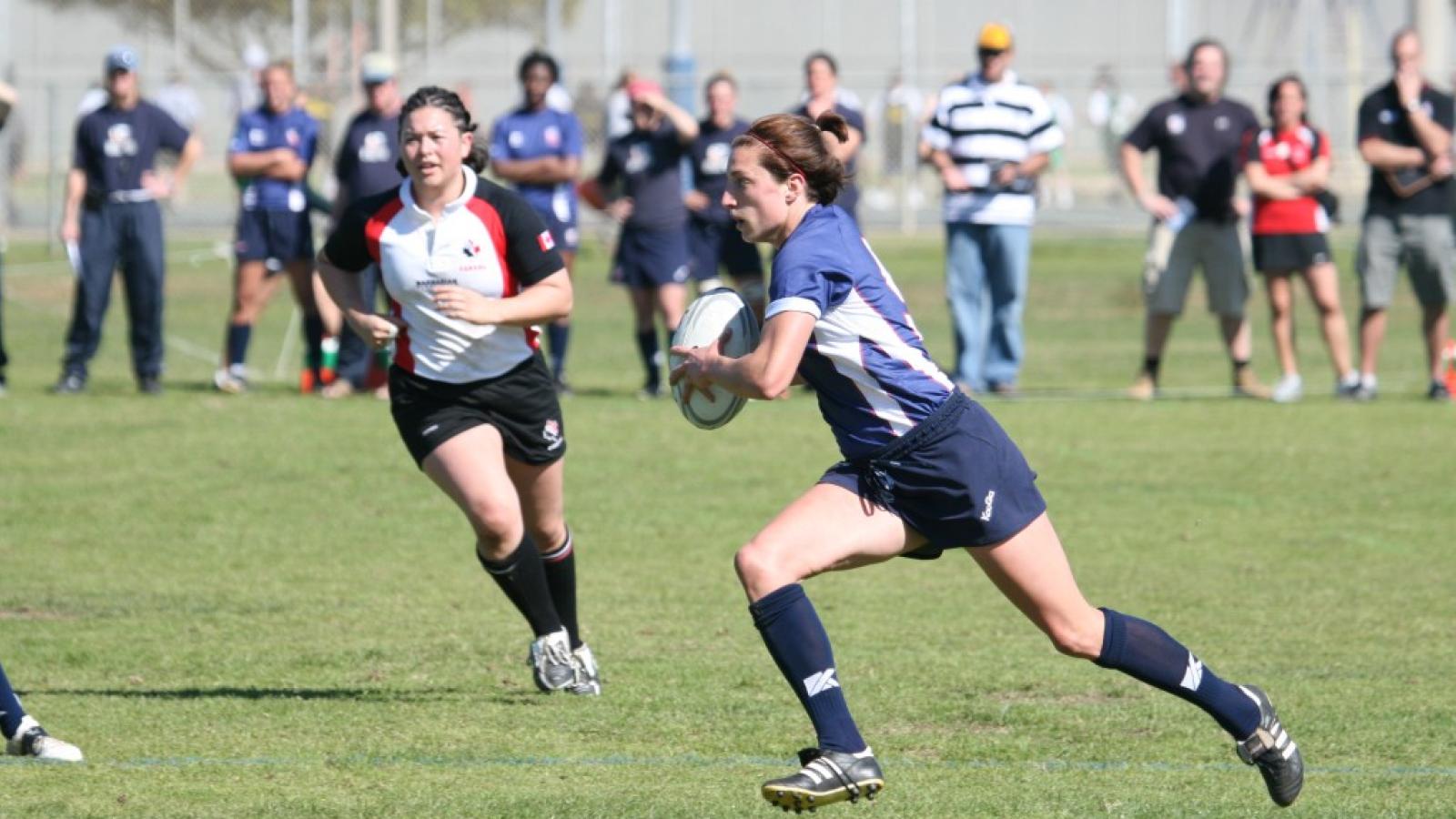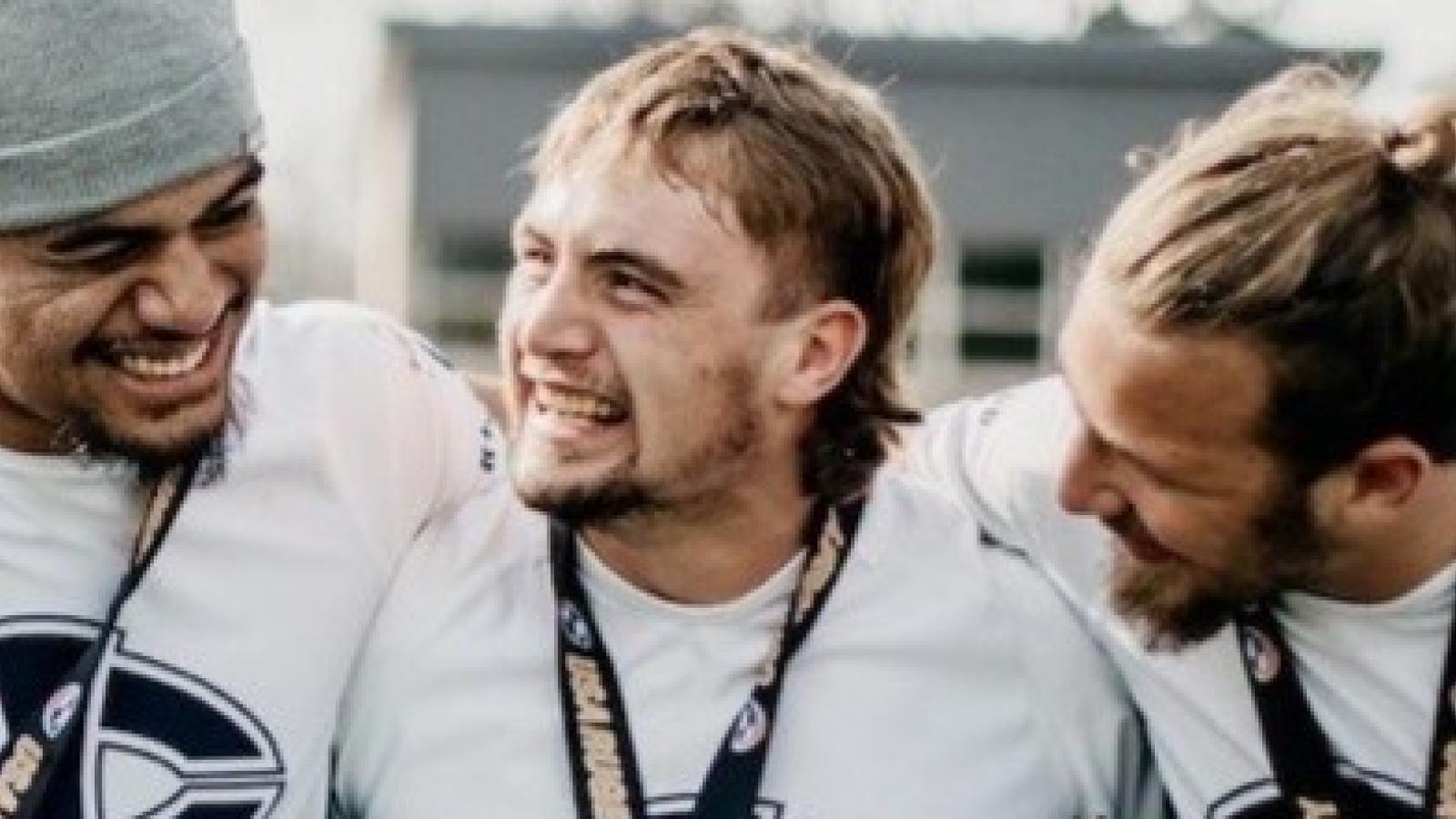So there it is; the USA is 0-4 in the Rugby World Cup after losing 31-19 to Tonga.
It's been eight years since the Eagles won a game in the World Cup, and in the USA's history, drops to 3-26.
Against Tonga, the Eagles played tough, played with heart, and with some adventure, too. But the Eagles' flaws that showed in March came home to roost in October.
The USA weathered wave after wave of Tongan pressure in the first half. Despite some injuries that saw Eric Fry and Blaine Scully leave early, the Americans gave up one try on a fractured-field counter, but then unleashed some superb open-field play to put Mike Te'o in twice.
Behind 12-7 at halftime, Tonga fixed their handling errors to inch closer. And then, after a 20-phase movement got the USA within a meter of the tryline, the Sea Eagles ripped away the all, kicked deep, and scored, turning a prime scoring opportunity for the USA into a try for Tonga. The USA battled back and managed to score when Tony Lamborne picked up and touche dthe ball against the ground and the base of the post.
TMO checked, and a try to make it 24-19 Tonga.
The Eagles had one more shot, but spilled the ball in their own end, gave up a penalty, and eventually Tonga scored on the final play. 31-19.
Turning Points
When Nick Civetta had the ball ripped out of his hands when the USA seemed to be in prime position to score, and then Tonga kicked deep and scored themselves, that clearly turned the game around. It turned a 17-12 Tongan lead into a 24-12 lead. Had the USA scored there, the game would have been tied with 20 minutes to go.
Not to single out Civetta, but he needed a forward with him on that carry. And the USA chase back for that kick was woeful. Marcel Brache could have at least slowed the Tongan attack but he fell over. Bryce Campbell and Paul Lasike chased back, but they were too slow. The USA was committed for the attack, and no one was quick enough to get back.
Tonga's opening try was knocked forward. There's no doubt about that. Just about every time a player drops the ball as he reaches over, and then presses down, he is called for a knock-on.
Defense
The USA defense has often been too spread out, but generally the Eagles didn't give up tries in structured player. They gave up tries on kick-counters, penalties, and turnovers. So here's the problem. When you're playing a team that is enormously physical, you need powerful tacklers. Bryce Campbell was immense in this game making tackles and battling. But, you also need speed. You need your back-rowers and your wings need to be fast enough to play cover defense.
Offense
All year the USA kicked way too much. The Americans have players who can create tries on the ground. We're not saying never kick, but the box kick as Plan A is not ideal. And if you are going to kick, then you should kick with some tactical nuance. Too many kicks went to Tongan players rather than to the green grass. Kicking to the cormer and challenging at the lineout would have made some sense.
With the ball in hand, the USA is dangerous. But they almost always end up giving the ball up because of lack of numbers to the breakdown. That means we need more pace and/or fitness in the forwards, especially in the back row. Malon Al-Jiboori earned a start against Tonga because, in part, of his athleticism and pace. He showed up, too, and as he develops (if he chooses to concentrate on 15s), he could be really good.
A rugby team has eight positions where you have a significant choice between speed and power—hooker, left lock, right lock, openside flanker, blindside flanker, No. 8, inside center, and outside center. The USA went for power in every position except openside flanker (Al-Jiboori), and No. 8 (Dolan, who is their only No. 8).
Players
Cam Dolan made a superb play to set up Mike Te'o's first try. He seems to do that a lot. Te'o was electric. He seems to do that a lot. The wing came on for Blaine Scully, whose many lingering injuries probably caught up with him. We're not saying Scully couldn't have scored the tries Te'o scored—we'd put our money on Scully getting the job done. But, Te'o was the one who scored them and continued to ask questions of the defense.
Titi Lamositele put in a full day's work, and as we said, Campbell was really good. But this is more about the many pieces being a complete whole. And while the USA players have been training together for a while, it is also true that we rarely see the same lineup twice, and unity of play is still a major Tier 2 problem.
Referees And Captains
It would have been nice to get that first try called back, but the USA team made their own problems with referee Nigel Owens. They barked at him constantly, and there's a reason for that. With Scully as captain out on the right wing, and when he went off, Brache as captain on the left wing, the forwards didn't have an advocate in the trenches. As a result, they started to speak for themselves. Tony Lamborne came very close to having his complaining negate the try he scored. Ben Pinkelman got snarked at, So did others. They deserved it.
So, when at 68 minutes the USA had an attacking maul, and Tongan lock Sam Lousi came around offside and knocked the ball free, the US players got no sympathy from Owens. Why should he? He'd been hearing it all day. Still, that should have been a penalty against Tonga and it ended up a scrum against the USA.
As a leader and a character person, Scully is all you'd want in a captain. At wing it is very difficult for him to do his job. The USA players are starting to get a reputation as complainers. Most would agree that a captain needs to be able to talk about what's going on in the breakdown and the set piece, and he needs to be available for a quick chat with the ref. A quick look at the last six games in the RWC and you find find five of the 12 captains are flankers, with one each at No. 8, hooker, and lock. The other four are backs, one at scrumhalf, two at inside center, and one wing (Scully).
There's a clear pattern and if you look at all of rugby history you will likely find that more captains have #6 or #7 on their backs than any other position type.
Japan
Lovely country, nasty typhoon, still one of the best Rugby World Cups ever. And the team? Amazing. Remember those three Rugby World Cup wins for the USA? Two of them, in 1987 and 2003, came against Japan. Now Japan is in the Quarterfinals. Can the USA get there? Yes they can, and they can by following the Japan model to a certain extent. Keeping the domestic pro league strong and keeping it at a high level and competitive is key.
Moving the Americas Rugby Championship to a time that doesn't conflict with the MLR is key—allowing the USA (and Canada) to play at their best every year.
Now What?
So, 0-4. Again. Sad to see. The players are working hard. They were competitive every game. They saw their starting prop leave the first game after three minutes, and their captain and another starting prop leave the last game after 20. It's not easy to win at a Rugby World Cup finals. It's even harder when the injuries come. But continued improvement in the domestic game can make the Eagles better. And competition time together, as we've seen with the sevens teams, helps too.














